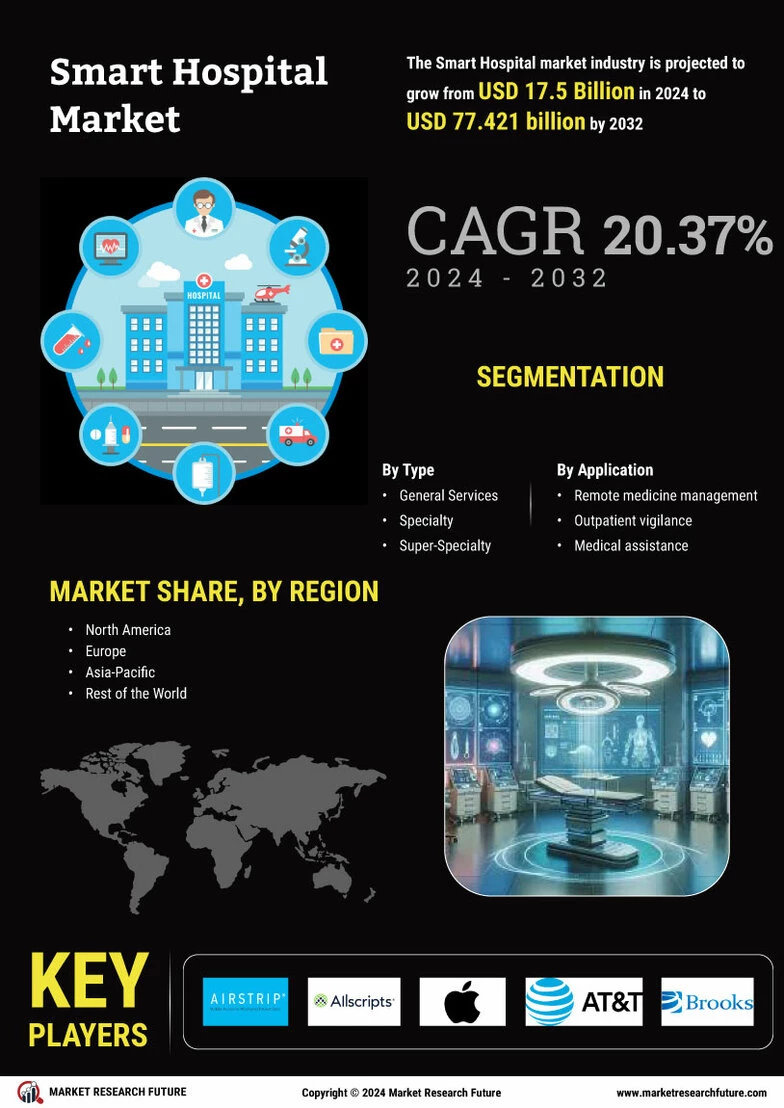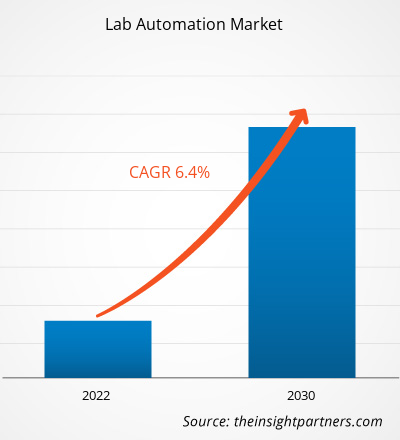What is Vertical SaaS?
Vertical SaaS focuses on tailored software solutions for specific industries. Learn how it delivers deeper functionality and drives business growth.
What is Vertical SaaS? Complete Strategy from Idea to Scale
Vertical SaaS means software purpose-built for a single industry — like Veeva for life sciences, Procore for construction, or Toast for restaurants. Unlike general tools such as Salesforce or Slack that serve everyone, these platforms go deep into the nuances, regulations, and workflows that make each industry unique.
To understand where Vertical SaaS fits, it helps to zoom out for a second:
SaaS products can be categorized by their scope and audience:
Horizontal SaaS covers broad business needs across industries — think CRMs, email marketing, or collaboration tools.
Vertical SaaS zeroes in on a specific domain such as healthcare, logistics, or hospitality.
Enterprise SaaS targets large organizations with complex compliance and integration needs.
SMB SaaS caters to smaller teams seeking simplicity and affordability.
And then there are Micro-SaaS and White-label SaaS — lean, niche products designed to serve narrow use cases or power other branded offerings.
In short, Horizontal SaaS scaled the cloud era. Vertical SaaS is scaling the industry era.
Why Vertical SaaS Exists Now
Timing matters more than ever in tech — and the timing for Vertical SaaS couldn’t be better.
A few key shifts have created the perfect storm for industry-focused platforms to thrive:
Horizontal SaaS Saturation:
Markets for generic productivity and CRM tools are mature. Every business already uses one (or several). The next growth frontier lies in deep, domain-specific value — where software doesn’t just serve the business, it speaks the industry’s language.
Workflow Complexity and Regulation:
Sectors like healthcare, insurance, and logistics don’t just need “tools” — they need compliant digital infrastructure. Vertical SaaS steps in where horizontal players can’t, embedding compliance (like HIPAA, FINRA, or FAA standards) directly into the product.
AI + Data Revolution:
With the rise of AI and domain-trained models, industry data has become a goldmine. Vertical SaaS companies can now train models on specialized datasets — from patient outcomes to supply-chain efficiency — creating intelligent, defensible solutions that general SaaS can’t replicate.
Buyer Expectations Have Shifted:
Modern buyers don’t want “flexible” software; they want software that fits like a glove. The fastest-growing SaaS startups today win by offering products that work out-of-the-box for specific industry roles, rather than asking users to bend workflows around them.
Investor and Ecosystem Momentum:
From a venture perspective, Vertical SaaS startups are now seen as lower risk, higher stickiness bets. CAC payback is faster, churn is lower, and lifetime value compounds as products embed deeper into industry operations.
In short, Vertical SaaS exists now because the market is mature enough — and the technology is smart enough — to go deep instead of wide.
The result? A massive wave of “industry-native” platforms turning every niche, from dental practices to freight brokers, into digital ecosystems of their own.
Vertical SaaS Taxonomy
If the last decade was about “software for everyone,” this one is about software that fits someone perfectly. Vertical SaaS thrives on precision — and understanding its taxonomy helps founders, investors, and buyers see how these solutions evolve from broad categories into deep, defensible ecosystems.
So, let’s break it down.
1. Industry Classification: From Broad Verticals to Focused Niches
At the highest level, Vertical SaaS mirrors the world’s major industries —
Healthcare, Finance, Insurance, Logistics, Retail, Construction, Hospitality, Education, and Public Sector.
Each of these represents a massive digital transformation frontier, but the real opportunity lies in drilling deeper.
2. Sub-Verticals and Role-Centric Models
Vertical SaaS often starts with a specific job to be done rather than an entire industry. This creates what we call “role-centric” products — tools built around the daily workflow of a practitioner.
Conclusion: The future belongs to vertical thinkers
So it is clear, as SME adoption of vertical software hits 59% in the U.S., and global SaaS crosses $315 billion (2025) toward $1.13 trillion by 2032, the winners will be those who blend data, finance, and intelligence seamlessly.
Vertical SaaS is evolving from niche tools to industry operating systems—driving automation, compliance, and embedded value creation. The future of software isn’t broad; it’s deep, specialized, and built for industry precision.
Source: https://www.agicent.com/blog/what-is-vertical-saas/
Vertical SaaS focuses on tailored software solutions for specific industries. Learn how it delivers deeper functionality and drives business growth.
What is Vertical SaaS? Complete Strategy from Idea to Scale
Vertical SaaS means software purpose-built for a single industry — like Veeva for life sciences, Procore for construction, or Toast for restaurants. Unlike general tools such as Salesforce or Slack that serve everyone, these platforms go deep into the nuances, regulations, and workflows that make each industry unique.
To understand where Vertical SaaS fits, it helps to zoom out for a second:
SaaS products can be categorized by their scope and audience:
Horizontal SaaS covers broad business needs across industries — think CRMs, email marketing, or collaboration tools.
Vertical SaaS zeroes in on a specific domain such as healthcare, logistics, or hospitality.
Enterprise SaaS targets large organizations with complex compliance and integration needs.
SMB SaaS caters to smaller teams seeking simplicity and affordability.
And then there are Micro-SaaS and White-label SaaS — lean, niche products designed to serve narrow use cases or power other branded offerings.
In short, Horizontal SaaS scaled the cloud era. Vertical SaaS is scaling the industry era.
Why Vertical SaaS Exists Now
Timing matters more than ever in tech — and the timing for Vertical SaaS couldn’t be better.
A few key shifts have created the perfect storm for industry-focused platforms to thrive:
Horizontal SaaS Saturation:
Markets for generic productivity and CRM tools are mature. Every business already uses one (or several). The next growth frontier lies in deep, domain-specific value — where software doesn’t just serve the business, it speaks the industry’s language.
Workflow Complexity and Regulation:
Sectors like healthcare, insurance, and logistics don’t just need “tools” — they need compliant digital infrastructure. Vertical SaaS steps in where horizontal players can’t, embedding compliance (like HIPAA, FINRA, or FAA standards) directly into the product.
AI + Data Revolution:
With the rise of AI and domain-trained models, industry data has become a goldmine. Vertical SaaS companies can now train models on specialized datasets — from patient outcomes to supply-chain efficiency — creating intelligent, defensible solutions that general SaaS can’t replicate.
Buyer Expectations Have Shifted:
Modern buyers don’t want “flexible” software; they want software that fits like a glove. The fastest-growing SaaS startups today win by offering products that work out-of-the-box for specific industry roles, rather than asking users to bend workflows around them.
Investor and Ecosystem Momentum:
From a venture perspective, Vertical SaaS startups are now seen as lower risk, higher stickiness bets. CAC payback is faster, churn is lower, and lifetime value compounds as products embed deeper into industry operations.
In short, Vertical SaaS exists now because the market is mature enough — and the technology is smart enough — to go deep instead of wide.
The result? A massive wave of “industry-native” platforms turning every niche, from dental practices to freight brokers, into digital ecosystems of their own.
Vertical SaaS Taxonomy
If the last decade was about “software for everyone,” this one is about software that fits someone perfectly. Vertical SaaS thrives on precision — and understanding its taxonomy helps founders, investors, and buyers see how these solutions evolve from broad categories into deep, defensible ecosystems.
So, let’s break it down.
1. Industry Classification: From Broad Verticals to Focused Niches
At the highest level, Vertical SaaS mirrors the world’s major industries —
Healthcare, Finance, Insurance, Logistics, Retail, Construction, Hospitality, Education, and Public Sector.
Each of these represents a massive digital transformation frontier, but the real opportunity lies in drilling deeper.
2. Sub-Verticals and Role-Centric Models
Vertical SaaS often starts with a specific job to be done rather than an entire industry. This creates what we call “role-centric” products — tools built around the daily workflow of a practitioner.
Conclusion: The future belongs to vertical thinkers
So it is clear, as SME adoption of vertical software hits 59% in the U.S., and global SaaS crosses $315 billion (2025) toward $1.13 trillion by 2032, the winners will be those who blend data, finance, and intelligence seamlessly.
Vertical SaaS is evolving from niche tools to industry operating systems—driving automation, compliance, and embedded value creation. The future of software isn’t broad; it’s deep, specialized, and built for industry precision.
Source: https://www.agicent.com/blog/what-is-vertical-saas/
What is Vertical SaaS?
Vertical SaaS focuses on tailored software solutions for specific industries. Learn how it delivers deeper functionality and drives business growth.
What is Vertical SaaS? Complete Strategy from Idea to Scale
Vertical SaaS means software purpose-built for a single industry — like Veeva for life sciences, Procore for construction, or Toast for restaurants. Unlike general tools such as Salesforce or Slack that serve everyone, these platforms go deep into the nuances, regulations, and workflows that make each industry unique.
To understand where Vertical SaaS fits, it helps to zoom out for a second:
SaaS products can be categorized by their scope and audience:
Horizontal SaaS covers broad business needs across industries — think CRMs, email marketing, or collaboration tools.
Vertical SaaS zeroes in on a specific domain such as healthcare, logistics, or hospitality.
Enterprise SaaS targets large organizations with complex compliance and integration needs.
SMB SaaS caters to smaller teams seeking simplicity and affordability.
And then there are Micro-SaaS and White-label SaaS — lean, niche products designed to serve narrow use cases or power other branded offerings.
In short, Horizontal SaaS scaled the cloud era. Vertical SaaS is scaling the industry era.
Why Vertical SaaS Exists Now
Timing matters more than ever in tech — and the timing for Vertical SaaS couldn’t be better.
A few key shifts have created the perfect storm for industry-focused platforms to thrive:
Horizontal SaaS Saturation:
Markets for generic productivity and CRM tools are mature. Every business already uses one (or several). The next growth frontier lies in deep, domain-specific value — where software doesn’t just serve the business, it speaks the industry’s language.
Workflow Complexity and Regulation:
Sectors like healthcare, insurance, and logistics don’t just need “tools” — they need compliant digital infrastructure. Vertical SaaS steps in where horizontal players can’t, embedding compliance (like HIPAA, FINRA, or FAA standards) directly into the product.
AI + Data Revolution:
With the rise of AI and domain-trained models, industry data has become a goldmine. Vertical SaaS companies can now train models on specialized datasets — from patient outcomes to supply-chain efficiency — creating intelligent, defensible solutions that general SaaS can’t replicate.
Buyer Expectations Have Shifted:
Modern buyers don’t want “flexible” software; they want software that fits like a glove. The fastest-growing SaaS startups today win by offering products that work out-of-the-box for specific industry roles, rather than asking users to bend workflows around them.
Investor and Ecosystem Momentum:
From a venture perspective, Vertical SaaS startups are now seen as lower risk, higher stickiness bets. CAC payback is faster, churn is lower, and lifetime value compounds as products embed deeper into industry operations.
In short, Vertical SaaS exists now because the market is mature enough — and the technology is smart enough — to go deep instead of wide.
The result? A massive wave of “industry-native” platforms turning every niche, from dental practices to freight brokers, into digital ecosystems of their own.
Vertical SaaS Taxonomy
If the last decade was about “software for everyone,” this one is about software that fits someone perfectly. Vertical SaaS thrives on precision — and understanding its taxonomy helps founders, investors, and buyers see how these solutions evolve from broad categories into deep, defensible ecosystems.
So, let’s break it down.
1. Industry Classification: From Broad Verticals to Focused Niches
At the highest level, Vertical SaaS mirrors the world’s major industries —
Healthcare, Finance, Insurance, Logistics, Retail, Construction, Hospitality, Education, and Public Sector.
Each of these represents a massive digital transformation frontier, but the real opportunity lies in drilling deeper.
2. Sub-Verticals and Role-Centric Models
Vertical SaaS often starts with a specific job to be done rather than an entire industry. This creates what we call “role-centric” products — tools built around the daily workflow of a practitioner.
Conclusion: The future belongs to vertical thinkers
So it is clear, as SME adoption of vertical software hits 59% in the U.S., and global SaaS crosses $315 billion (2025) toward $1.13 trillion by 2032, the winners will be those who blend data, finance, and intelligence seamlessly.
Vertical SaaS is evolving from niche tools to industry operating systems—driving automation, compliance, and embedded value creation. The future of software isn’t broad; it’s deep, specialized, and built for industry precision.
Source: https://www.agicent.com/blog/what-is-vertical-saas/
0 Comments
·0 Shares
·163 Views
·0 Reviews








